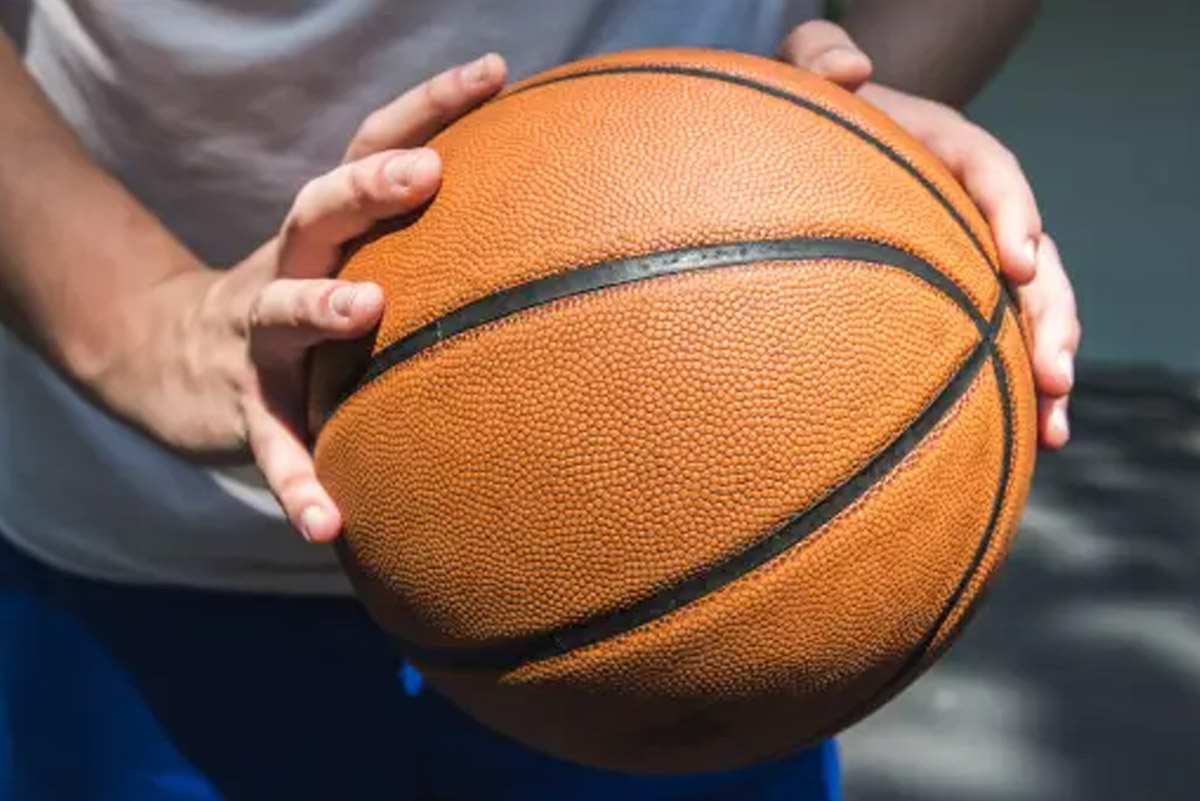Good hand-eye coordination is crucial for many everyday activities, from driving to typing, and even sports. People with poor coordination often face challenges in performing tasks that require simultaneous hand movements and visual processing. If you’ve noticed clumsiness or difficulty with tasks that involve both hands and eyes, it may be time to consult your eye doctor.
What Is Hand-Eye Coordination?
Hand-eye coordination refers to your ability to use your eyes to guide your hand movements, allowing you to interact with the world around you. The process starts with the eyes capturing visual information, which is then sent to the brain. The brain interprets this information and relays it to your hands and arms, guiding them to interact with objects in a precise and controlled way. This seamless communication is essential for performing actions like:
- Writing
- Typing
- Driving
- Playing sports
- Playing video games
- Inserting a credit card
When there’s a disconnect in this process, such as when the eyes, brain, and hands don’t communicate effectively, it can lead to poor hand-eye coordination. This could result in clumsiness, difficulty with tasks like typing or handwriting, and even challenges in professional or academic settings.
Why Is Hand-Eye Coordination Important?
Proper hand-eye coordination is not just about avoiding accidents; it also plays a critical role in maintaining focus, attention, and overall performance. Poor coordination can affect everything from learning to playing sports. For example, someone with good vision but poor hand-eye coordination may struggle with tasks requiring precise movements like writing or playing video games.
How to Improve Hand-Eye Coordination
1. Practice Regularly
Activities like throwing and catching a ball, or even simple exercises like tracing shapes or patterns, can help improve hand-eye coordination.
2. Improve Visual Skills
Sometimes the issue is not the hands but the eyes themselves. An eye exam can help identify vision problems that might be affecting your coordination.
3. Use Technology
Certain games and apps are designed to help improve hand-eye coordination, making practice fun and interactive.
Eye Exams Can Detect Problems with Visual Skills
Hand-eye coordination is not just about muscle control; it’s also about how your eyes communicate with your brain. An eye exam can help determine if any underlying visual problems are affecting your coordination. During the exam, your optometrist will assess several visual skills, including eye tracking, convergence, and eye teaming, all of which are essential for smooth hand-eye coordination.
If your eye doctor detects issues with your coordination, they can recommend treatments such as corrective glasses or therapies designed to strengthen visual-motor integration.
Schedule an Eye Exam at Eyes on Group in Worcester Today!
If you or your child is struggling with hand-eye coordination, don’t hesitate to schedule a comprehensive eye exam. At Eyes on Group in Worcester, we are dedicated to helping you improve your coordination and vision, ensuring a smoother, more efficient experience in everyday tasks.
Q&A with Our Doctor
What other visual skills are evaluated during an eye exam?
During your eye exam, your optometrist will test visual acuity, convergence, eye tracking, eye teaming, color vision, and focusing. These skills are crucial for both learning and daily activities.
How often do you need a comprehensive eye exam?
Adults should have an eye exam every year or as often as recommended by their eye doctor. Children should have their first exam between 6-12 months and regular exams every 1-2 years thereafter, based on their optometrist’s advice.
